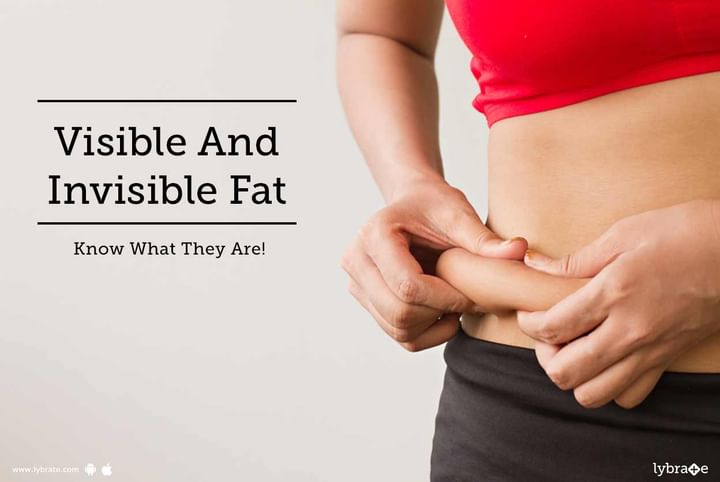Get the App
For Doctors
Login/Sign-up
Last Updated: Oct 23, 2019
BookMark
Report
Visible And Invisible Fat - Know What They Are!
Dr. Anjana AgarwalDietitian/Nutritionist • 48 Years Exp.MSc - Food and Applied Nutrition, Ph.D, Aroma Therapist
Which fat or oil is best is a global question and one answer does not fit all sizes. Fat is an integral part of our meal to prepare the food and enjoy its taste. Fat also makes you fat and due to which it has received a bad reputation. Is it only the fat which is a culprit of myriad of health problems? Think again my dear, as they provide energy, gives fullness or satiety after every meal, enhance absorption of fat-soluble vitamins A, D, E, and K; cushion and contour the body organs; supports hormone production and brain functions.
- Whenever, fats and oils are consumed in excess or are not metabolized properly in the body, It becomes dangerous and tends to make the body overweight, obese and a hub of diseases. Obesity in itself is a big phenomenon which adversely affects physical, mental, emotional, social and even occupational health. Since edible fats play a significant role in obesity so first lets us understand the types of fat are available to us.
- Visible fats are the ones which you see in the form of butter, cooking oils (vegetable oils), ghee, hydrogenated fat (dalda), margarine, lard etc. Invisible fat is hidden fat which is inherently present in the food in varying amounts such as milk, egg, almonds, walnut, peanut, flax seed, sesame seed, wheat, spices, avocado etc. So fat from fried samosa or potato chips is different from the fat found in almonds or coconut or egg. Both may provide same calories, because 1 gram of fat or oil provides 9 calories irrespective of the source.
- The source of fat, fatty acid composition of fat, how it is processed and how it is stored determines the nutritional and health significance of fat and oils. According to an expert group of Indian Medical Research Council and National Institute of Nutrition, a person diet should contain both types of fat in 50:50 proportion following Recommended Dietary Allowances (RDA). For a healthy adult 20 grams, visible fat is necessary for a day. The amount may vary according to the physiological conditions. Each source of fat is different in its fatty acid composition. Solid fats are generally saturated fat which should be consumed in minimum quantity while vegetable oils are consumed in recommended amount only.
- Visible fats except butter and ghee are not eaten as such but after cooking or processing. Refined oils are already processed and if used at high heat for longer duration tends to get oxidized and thus harmful for the body and cause several diseases including heart diseases. Invisible fats contain more appropriate proportion of desirable fatty acids like Omega-3 fatty acid which are supportive in many biological functions. They are present in large amount like in nuts but eaten in less amount. They should be part of your regular diet. Since most of the invisible fats are unsaturated so tend to get rancid (off flavor and off-odor) when stored under hot and humid environment. Do not shun all fats from your diet. Choose wisely and use judiciously.
In case you have a concern or query you can always consult an expert & get answers to your questions!



+1.svg)
